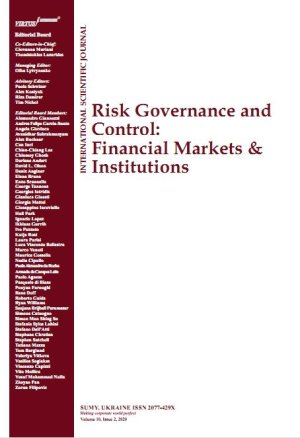
SUPPLY CHAIN MANAGEMENT PRACTICES IN STATE-OWNED ENTERPRISES ENVIRONMENT
Download This Article
This work is licensed under a Creative Commons Attribution-NonCommercial 4.0 International License.
Abstract
The South African government’s supply chain management (SCM) system is not adequately implemented in state-owned enterprises (SOEs). There are weaknesses in the SOEs SCM enablers, strategies, policy implementation and poor enforcement of government SCM rules and regulations. This is resulting in governance and compliance failures, waste and fraudulent activities. Also, top management of SOEs still do not see SCM as strategic enough to deserve their attention, and therefore, there is little support from senior management, thus making it even more difficult for SCM practitioners to execute their day-to-day functions, let alone deliver the letter and spirit of the relevant legislation. In most SOEs Senior SCM practitioners have not been involved in the corporate strategy development. This has led to supply chain and organisational strategies being misaligned. The misalignment has resulted in service delivery backlog, high levels of corruption and continuous strikes across the country for better services. Given the massive expenditure and the financial challenges facing government, an effective public-sector SCM becomes a primary requirement. Government leaders should be more strategic around using SCM as a tool to improve service delivery. This article explores supply chain practices in SOEs. It is based on a conceptual review of SCM practices in the South African SOE environment and suggests that the supply chain and organisational strategies of SOEs must be aligned to ensure efficient delivery of public services.
Keywords: Supply Chain Practices, State-Owned Enterprises, South Africa
How to cite this paper: Setino, R., & , I. M. (2016). Supply chain management practices in state-owned enterprises environment. Risk governance & control: financial markets & institutions, 6(4-3), 380-391. https://doi.org/10.22495/rcgv6i4c3art3



















